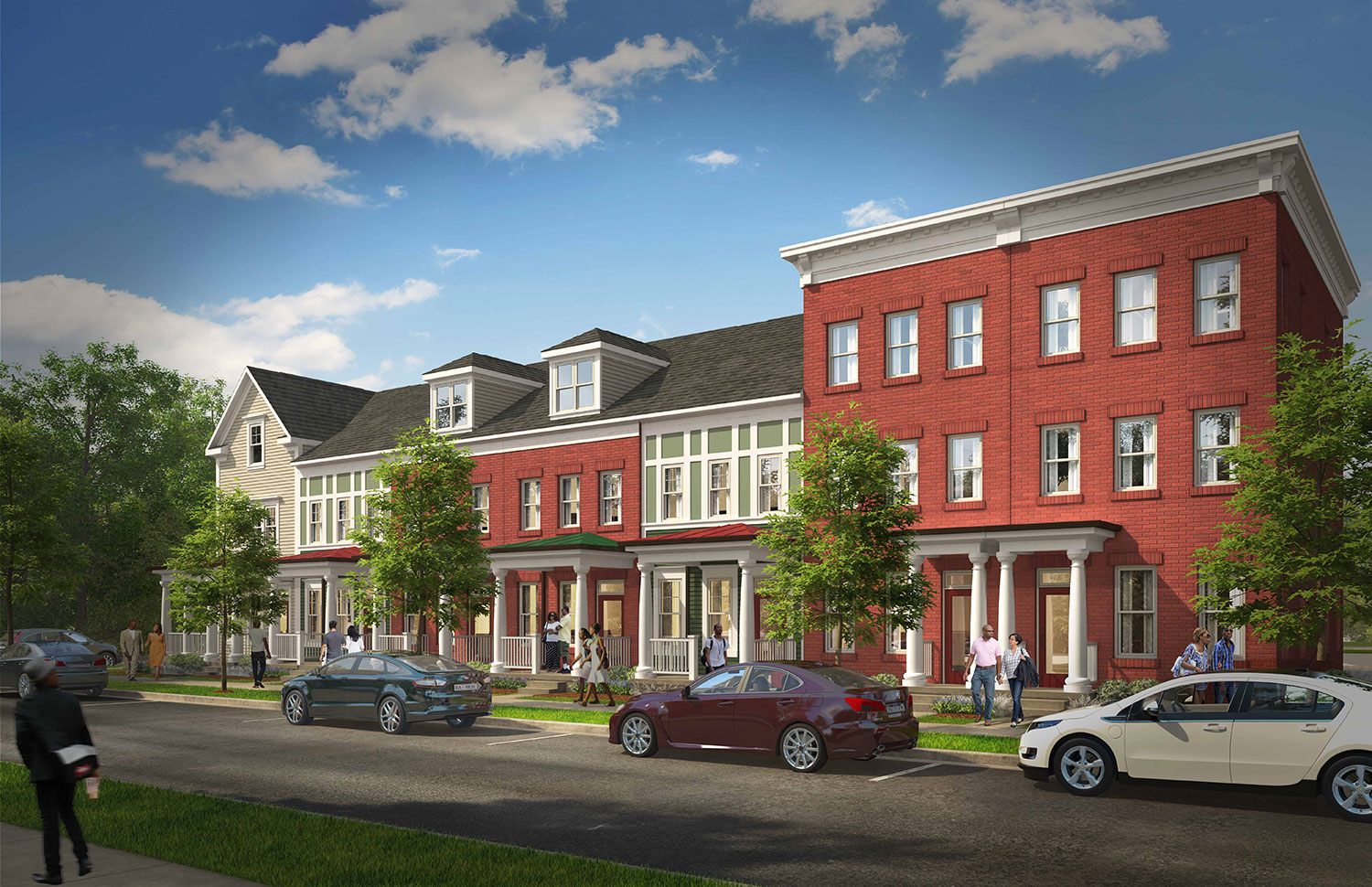
Sustainable architecture requires a comprehensive approach that considers environmental impact throughout the entire design and construction process. This involves careful site selection and orientation, energy-efficient building systems, use of eco-friendly materials, and design strategies that minimize resource consumption. By integrating sustainability principles from the earliest stages of conceptualization through to final construction and operation, architects can create buildings that are both environmentally responsible and high-performing.
.avif)
A key focus of sustainable architecture is optimizing resource use and reducing waste. This includes implementing energy-efficient systems like solar panels and geothermal heating, utilizing water conservation techniques such as rainwater harvesting, and selecting materials with low environmental impact. Architects should prioritize designs that reduce energy consumption, minimize water usage, and utilize renewable or recycled materials wherever possible. The goal is to create buildings that operate efficiently while placing minimal strain on natural resources.
.avif)
Sustainable architecture goes beyond environmental considerations to prioritize the health, comfort, and well-being of building occupants. This involves strategies such as maximizing natural light and ventilation, using non-toxic materials to improve indoor air quality, and creating spaces that promote physical and mental wellness. By focusing on human-centric design, architects can create sustainable buildings that not only reduce environmental impact but also enhance the quality of life for those who use them, leading to improved health, productivity, and overall satisfaction.














%2520ExteriorSign_MB.jpeg)






